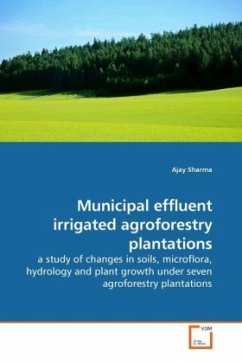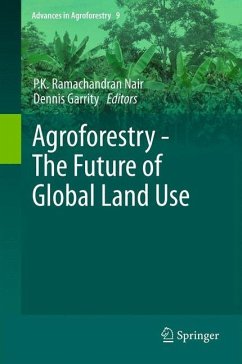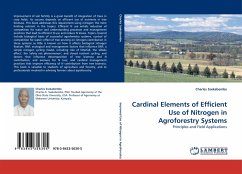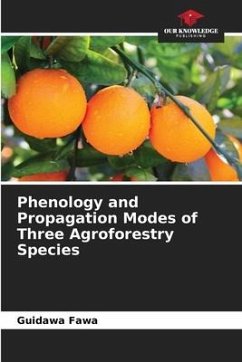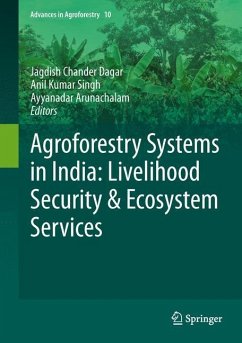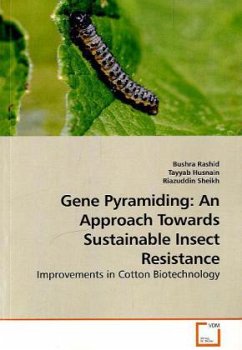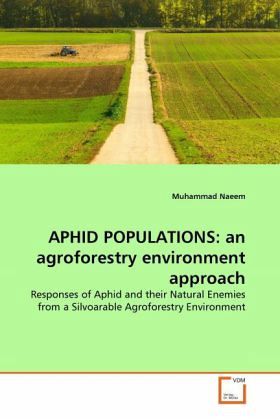
APHID POPULATIONS: an agroforestry environment approach
Responses of Aphid and their Natural Enemies from a Silvoarable Agroforestry Environment
Versandkostenfrei!
Versandfertig in 6-10 Tagen
52,99 €
inkl. MwSt.

PAYBACK Punkte
26 °P sammeln!
This book describes the abundance of aphids and their natural enemies in a silvoarable agroforestry environment. The English grain aphid, SITOBION AVENAE and the pea aphid, ACYRTHOSIPHON PISUM were the most common species on cereal and peas respectively. The phenology of alate, apterous and immature morphs of the dominant aphids in all years showed that their population increased, peaked and fell simultaneously. Lower aphid population densities were found in the arable alleys (planting of trees in rows in crops) than in the arable control areas (monoculture). This concurrence of development de...
This book describes the abundance of aphids and their natural enemies in a silvoarable agroforestry environment. The English grain aphid, SITOBION AVENAE and the pea aphid, ACYRTHOSIPHON PISUM were the most common species on cereal and peas respectively. The phenology of alate, apterous and immature morphs of the dominant aphids in all years showed that their population increased, peaked and fell simultaneously. Lower aphid population densities were found in the arable alleys (planting of trees in rows in crops) than in the arable control areas (monoculture). This concurrence of development demonstrates that the alate aphids were immigrants. Planting of trees in rows in crops reduces the densities of aphids. The greater parasitism and predation was observed in the arable alleys than in the arable control areas. The ground floras in an agroforestry landscape are a potential source of both pests and beneficial insects. The overall abundance of DREPANOSIPHUM PLATANOIDIS was observedon sycamore as compared to PERIPHYLLUS TESTUDINACEUS. Thus, the agroforestry landscape influenced the distribution of aphids and their natural enemies.



